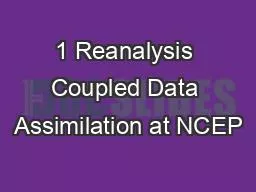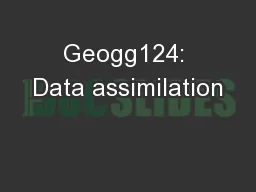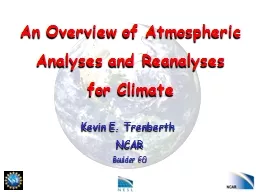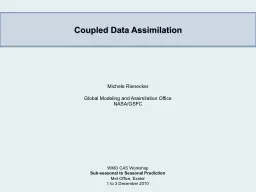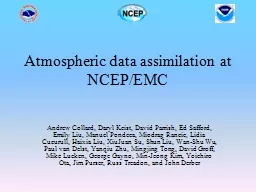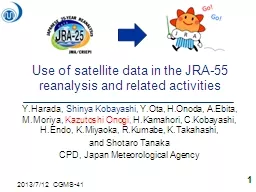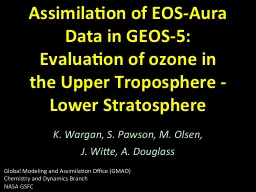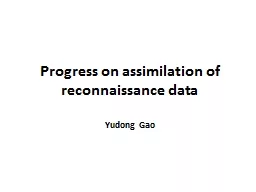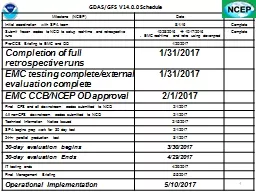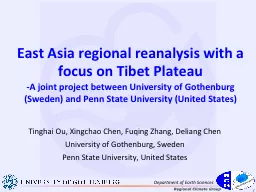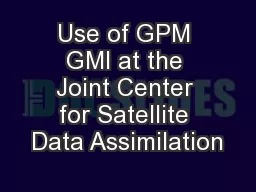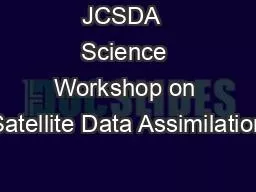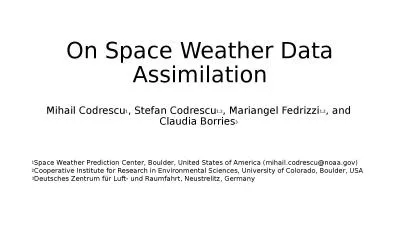PPT-1 Reanalysis Coupled Data Assimilation at NCEP
Author : spottletoefacebook | Published Date : 2020-06-25
Presented By Suru Saha EMCNCEP Contributors Jack Woollen Daryl Kleist Dave Behringer Steve Penny Xingren Wu Bob Grumbine Mike Ek Jiarui Dong Shrinivas
Presentation Embed Code
Download Presentation
Download Presentation The PPT/PDF document "1 Reanalysis Coupled Data Assimilation a..." is the property of its rightful owner. Permission is granted to download and print the materials on this website for personal, non-commercial use only, and to display it on your personal computer provided you do not modify the materials and that you retain all copyright notices contained in the materials. By downloading content from our website, you accept the terms of this agreement.
1 Reanalysis Coupled Data Assimilation at NCEP: Transcript
Download Rules Of Document
"1 Reanalysis Coupled Data Assimilation at NCEP"The content belongs to its owner. You may download and print it for personal use, without modification, and keep all copyright notices. By downloading, you agree to these terms.
Related Documents

